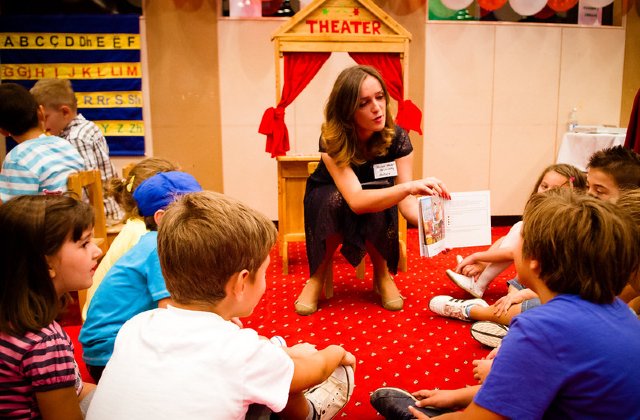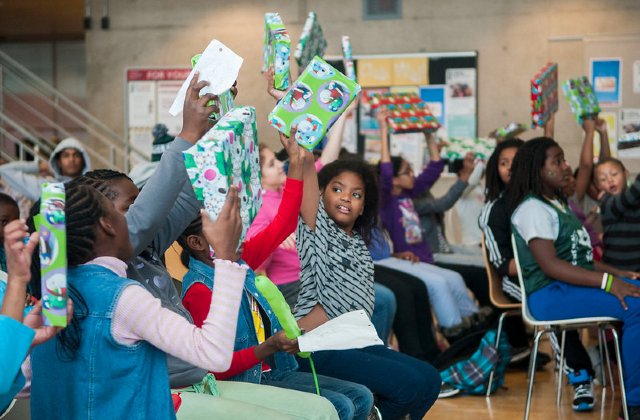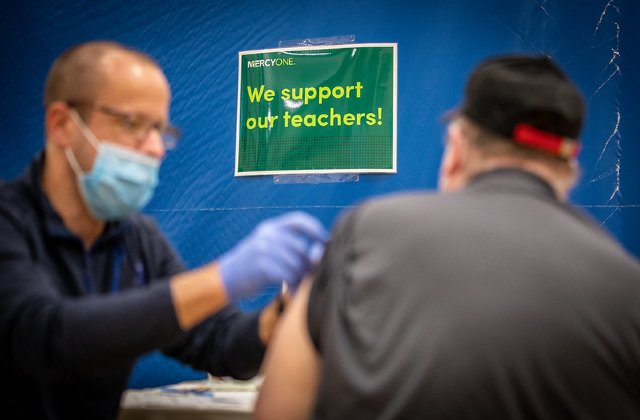In the fallout of the COVID-19 global pandemic, the world is scrambling to repair the systems that were damaged or set back by our year on pause. One major casualty of the pandemic is literacy.
While it will take efforts on global and governmental levels to improve and promote literacy worldwide, there’s a wide range of opportunities for you to help improve literacy on a local level, too — whether it’s volunteering your time or donating books.
Literacy is fundamental to reducing poverty, building life skills, and achieving gender equality. And yet, 773 million youth and adults in the world can’t read. After more than a year of school closures and inaccessible education for some, children are at a greater risk than ever of losing out on vital reading skills.
Even in the US, where the literacy rate is 99%, 36 million adults can’t maintain employment because of their inability to read or write. In less-developed nations like Niger, only 19% of adults can read and write — that number drops to 11% for women. The gender inequality of literacy affects the opportunities and quality of life of women and girls worldwide. Two-thirds of those who face illiteracy globally are women.
Helping children return to school is a step toward a better future. Improved literacy can prevent more child marriages, increase employment opportunities, and empower children and adults alike to lead better lives. And you can help make that change.
Here are five actions you can take to promote literacy in your community.
1. Volunteer with your local literacy program.

Wherever you are, there’s a likely chance that you have access to some kind of charitable literacy program. Reading aloud to children helps build early literacy and social skills.
For low-income communities, reading programs can offer access to a library, a place to go on the weekends or in the summer, and the opportunity to build foundational skills for literacy. The National Assessment of Educational Progress reported that Black, Hispanic, and low-income students regularly score lower on reading assessments every year.
One study conducted on the nonprofit literacy program Reading Partners found positive impacts on students’ reading skills, estimated at the equivalent of an extra one and a half to two months of additional progress. Get involved and find a literacy program in your area.
2. Volunteer with incarcerated people.
This week, we sent books about transitioning, HIV/AIDS, recovery from sexual abuse, and addiction. We provide up-to-date information and support. It’s an honor to come alongside people as they care for themselves.
— Prison Book Program (@prisonbookprog) August 16, 2021
You can buy a book here: https://t.co/CTcnQyi80opic.twitter.com/hSICO9kxHp
Adult literacy is intertwined with poverty and incarceration. Studies show that of the 2.3 million people incarcerated in the US, up to 75% are illiterate. Illiteracy only perpetuates the prison cycle. Education in prisons can be an effective form of rehabilitation and help adults earn diplomas that can lead to more job opportunities.
To reduce inequalities and promote better lives for incarcerated people, there are multiple ways to help out. You can volunteer to be a tutor at a corrections facility, donate books through the Prison Book Program, or write letters and become a pen pal.
3. Donate books.

In the UK, 390,000 children have never owned a book. Besides donating books to local libraries, you can have a more direct effect by donating books to schools, shelters, or community centers in your area. You can also find local bookstores with free book racks and donate books there.
Nearly 25% of households in Canada don’t have a single book according to First Book Canada which is working to provide low-income communities and schools with books. You can help by donating monetarily or starting a fundraiser to buy books for children in need. You can also donate books directly to the Children’s Book project in the UK which redistributes reading materials in order to promote book ownership for disadvantaged children.
For international book donations, check out this list of resources by the American Library Association. Here you can find organizations from the US, India, and France distributing books all around the world from Asia to Africa.
4. Contribute to tiny libraries.

If you’re in a metropolitan area or suburban neighborhood, you may have passed one of these creative book-sharing programs on the street. Tiny libraries are a growing trend that can help promote literacy in your community. Getting involved can be easy: Simply drop off your gently used books to one of these fairy home-like boxes.
If there are none nearby, you can also start your own. Little Free Library offers a kit to help you create your own tiny street library, but you can also create and install your own (depending on where it goes).
Don’t have the time or money to invest in making your own tiny library? Ask your local cafe or restaurant to help out by designating a space for book-sharing.
5. Get vaccinated.

The bottom line is, while children are significantly underserved in school systems around the world, the global pandemic is exacerbating the problem. In areas with low vaccination rates, schools cannot safely reopen. Digital learning has proven to be difficult and especially inaccessible for low-income students who may not have access to the environment, connectivity, or materials required.
The UN reported that before the pandemic, 460 million children had difficulties reading. In 2020 that number increased to 584 million. For those who have access to vaccines, vaccination and following safety precautions are the easiest ways toward pandemic recovery, herd immunity, and getting kids back to learning.